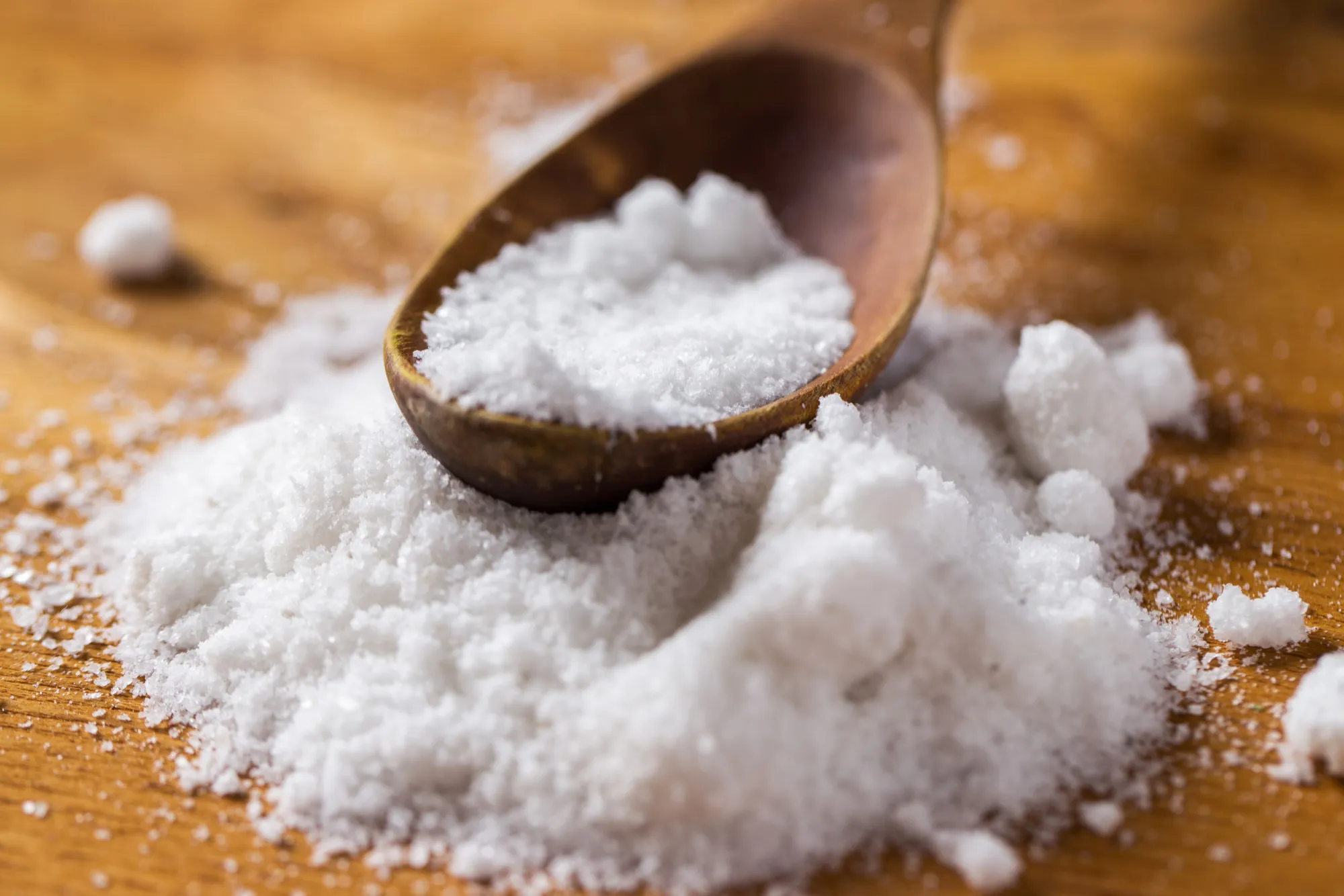In a recent study published in the journal Nutrition, Metabolism, and Cardiovascular Diseases, researchers from the SAMRC/Wits Developmental Pathways for Health Research Unit conducted a taste and visual assessment of potassium-enriched low sodium salt substitutes (LSSS) among South African adults. The study aimed to compare the acceptability of salts containing varied proportions of potassium chloride (KCl) to common salt, which consists of 100% sodium chloride (NaCl). With hypertension being a significant contributor to the burden of cardiovascular diseases in South Africa, these substitutes could play a crucial role in reducing sodium intake among the population.
The research featured a double-blind taste and visual test where participants were presented with four different LSSS – with potassium chloride making up 35%, 50%, 66%, and 100% of the blend – along with common salt. A total of 56 adults scored each product on its taste, their perception of the taste, and the likelihood of usage in their regular diets.
Interestingly, the LSSS with a 50% KCl/50% NaCl composition emerged as a standout option, with almost half (45%) of the participants ranking its taste as “fantastic” or “really good.” Moreover, over 60% of participants affirmed they liked the taste and would be pleased to incorporate the 50% KCl blend into their diets or felt it was comparable to the taste of common salt.
On the other hand, the 100% KCl variant did not fare well in taste tests, with just 12% of participants favoring its taste and over half indicating they were unlikely to use it in cooking or seasoning. Visually, while the majority of participants could identify the 100% NaCl (57.3%) and 100% KCl (36.4%) options, they had difficulty distinguishing between other intermediate blends.
The findings of the study underscore the potential for a 50% KCl alternative to be well-received by the South African populace, with most unable to discern any visual differences between this substitute and common salt.
DOI: 10.1016/j.numecd.2023.12.015
References
1. Crouch, S. H., Ware, L. J., Norris, S. A., & Schutte, A. E. (2023). Comparing a range of potassium-enriched low sodium salt substitutes to common salt: Results of taste and visual tests in South African adults. Nutrition, Metabolism, and Cardiovascular Diseases. (https://doi.org/10.1016/j.numecd.2023.12.015).
2. He, F. J., & MacGregor, G. A. (2018). Role of salt intake in prevention of cardiovascular disease: controversies and challenges. Nature Reviews Cardiology, 15(6), 371-377.
3. World Health Organization. (2021). Sodium intake for adults and children. Geneva: World Health Organization.
4. Charlton, K. E., Ware, L. J., Menyanu, E., et al. (2018). Leveraging ongoing research to evaluate the health impacts of South Africa’s salt reduction strategy: a prospective nested cohort within the WHO-SAGE multicountry, longitudinal study. BMJ Open, 8(11), e020404.
5. Appel, L. J., Frohlich, E. D., Hall, J. E., et al. (2011). The importance of population-wide sodium reduction as a means to prevent cardiovascular disease and stroke: A call to action from the American Heart Association. Circulation, 123(10), 1138-1143.
Keywords
1. Low Sodium Salt Substitutes
2. Hypertension in South Africa
3. Potassium Chloride Salt Tests
4. Heart Health Dietary Changes
5. Reducing Sodium Consumption
The study, led by Simone H. Crouch, paves the way for further research into alternative dietary options that can lead to better heart health and potentially save lives. With these findings, there is now a scientific basis for potentially introducing a salt substitute that can be accepted by communities and can aid in managing the rampant issue of hypertension without compromising on taste or the cultural acceptance of the food. It is a significant step in preventative health measures that can curb the high rates of cardiovascular diseases driven by excessive sodium intake.
The public health implications of such a substitute are vast; it could see a nationwide shift in consumer behavior with minimal resistance, attributed to the visual and taste acceptance of such products. If this is paired with an educational campaign about the benefits of reducing sodium intake, it may well lead to a substantial improvement in public health outcomes.
As South Africa grapples with the impacts of urbanization and a transition to more sedentary lifestyles and processed diets, solutions like potassium-enriched LSSS can be a part of broader strategies to curb non-communicable diseases. Given the high acceptability of this particular blend of low-sodium salt, policy initiatives could focus on encouraging food manufacturers to adopt this healthier option in their products. With robust evidence backing its taste and visual acceptability, a future where the food industry champions heart-healthy ingredients seems not just possible, but highly plausible.
Moreover, the study by Crouch and colleagues stands as an example for other countries battling similar health crises, showing that interventions need not be complex or costly to be effective. It reaffirms the essential role of nutrition in the battle against chronic diseases and underscores the importance of conducting localized studies to tailor solutions to specific populations.
This line of research is only the beginning. As more findings like these emerge, a global reduction in hypertension and associated cardiovascular diseases could be within our grasp, all starting with a simple shake of salt – albeit a potassium-enriched, low-sodium one.
